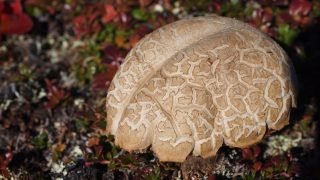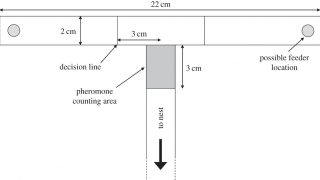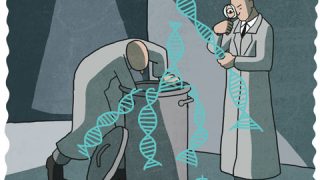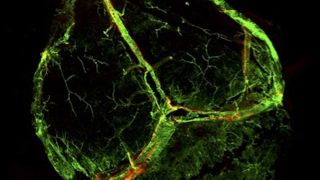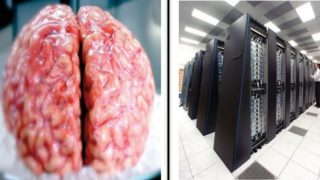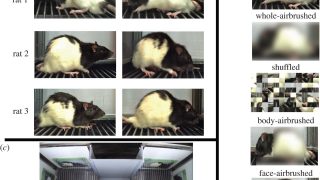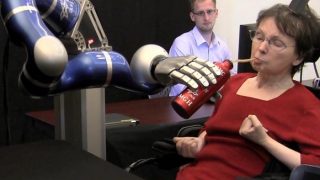
When brain and machines blend
A review of the book: The brain electric: The dramatic high-tech rage to merge minds and machines by Malcolm Gay Flying cars, self-tying shoes or a fully functional hoverboard are only a few examples of the inventions which, according to the time-travel adventure sequel Back to the Future Part II, should be available for purchase […]
